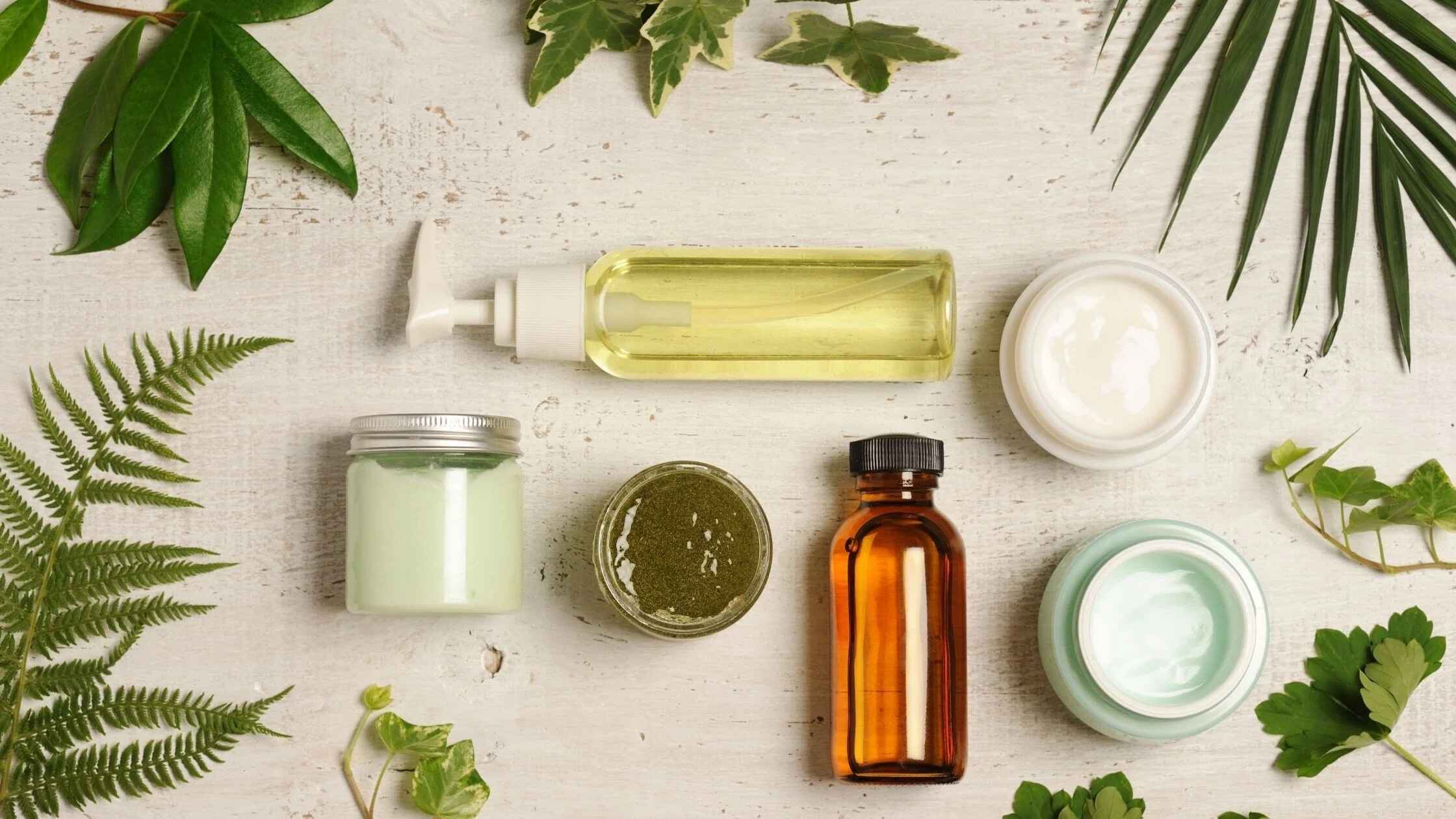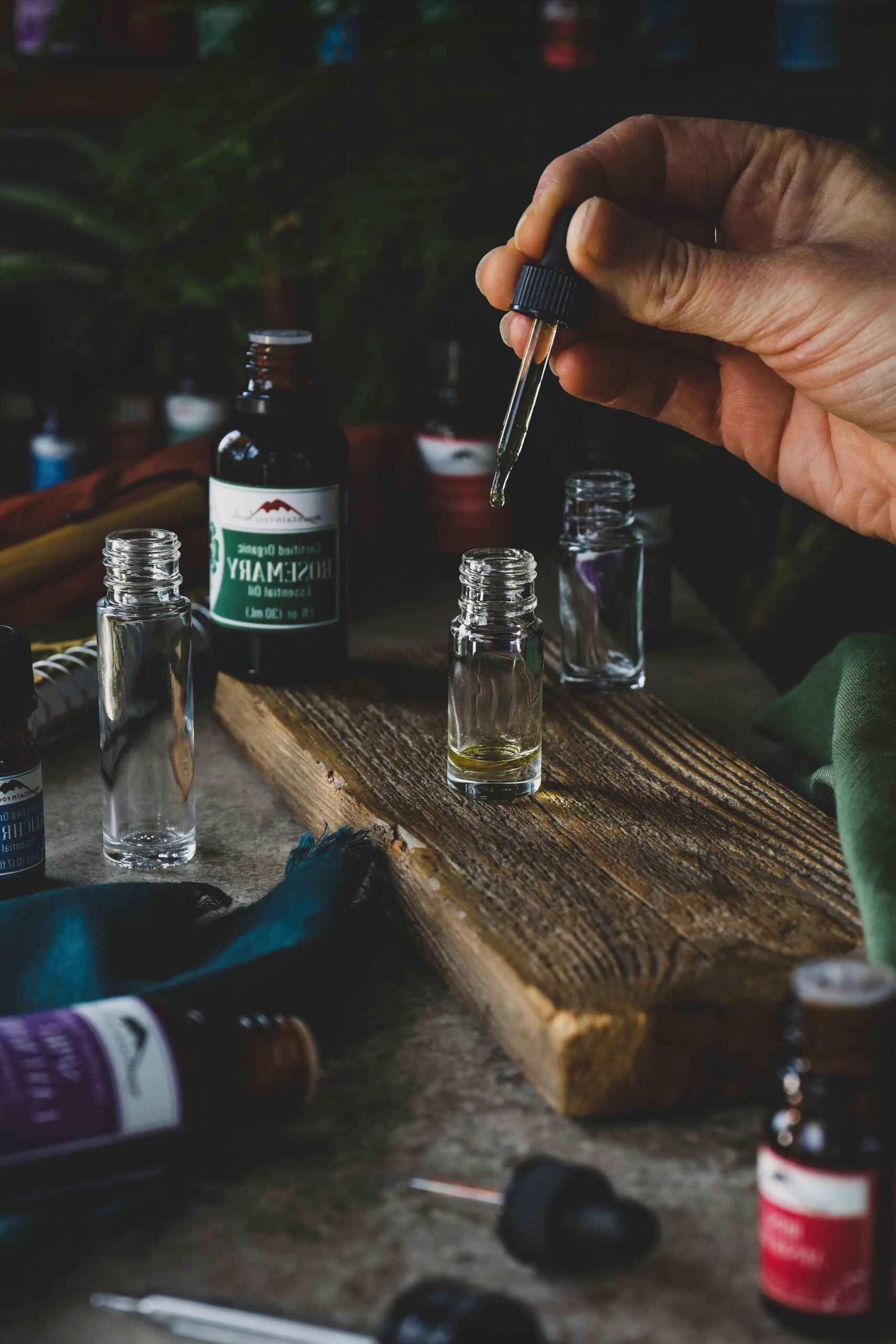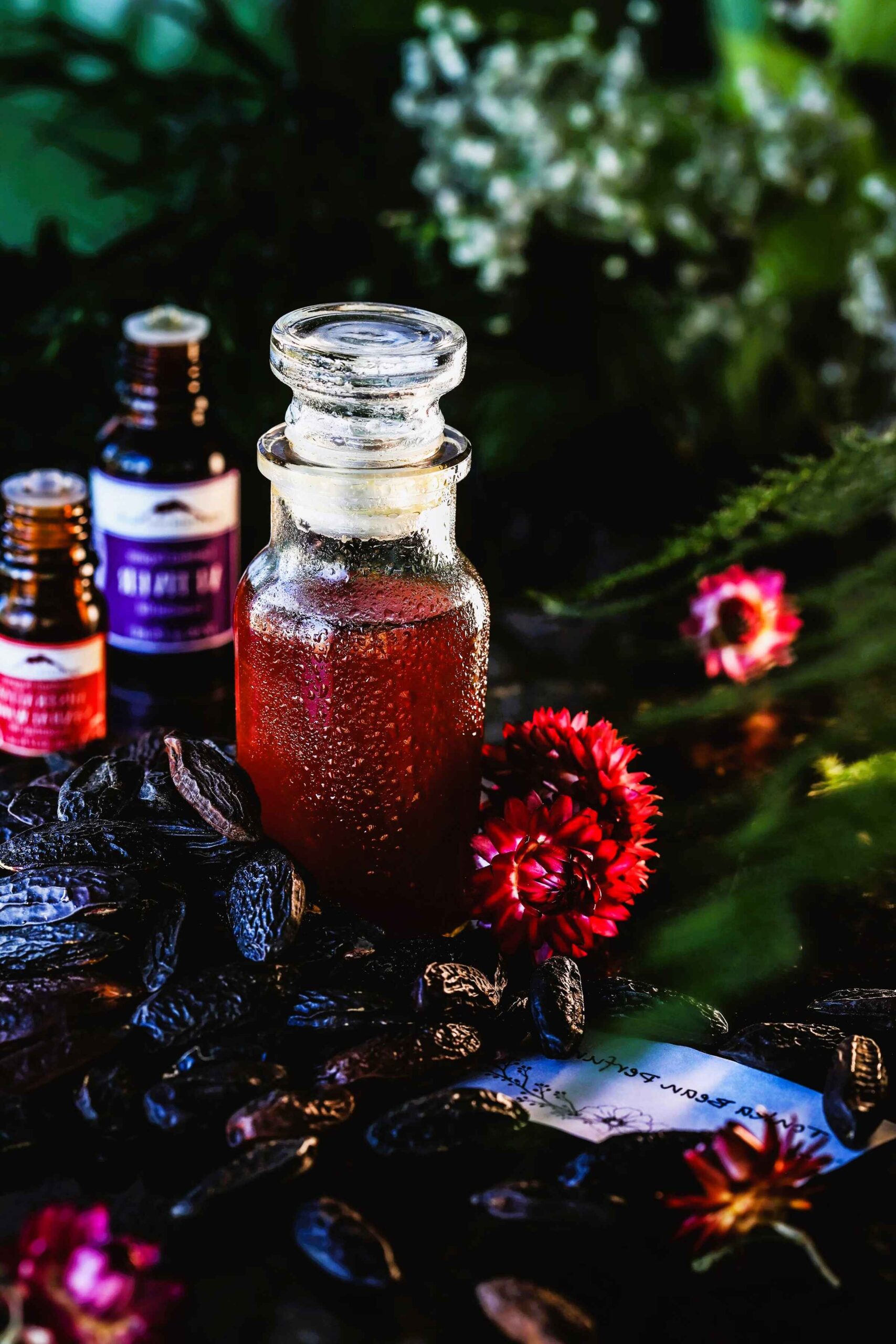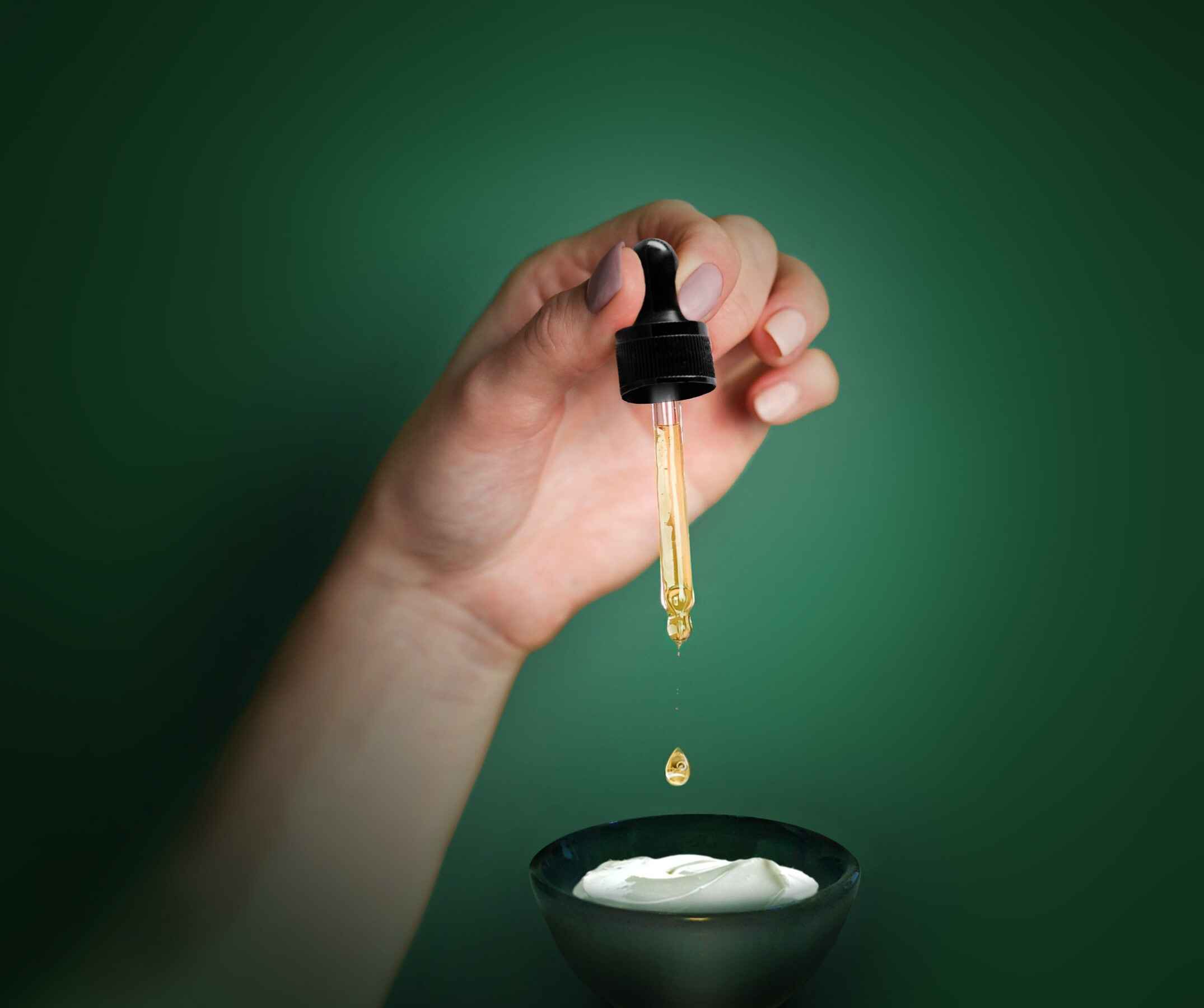



You want skincare that smells right, wears right, and sells right. Not loud. Not flat. Just… right. Fragrance can do that. It can make your cream feel calming at night, your gel feel fresh in the morning, and your brand feel consistent across SKUs. But it only works when scent design sits on top of compliance, good engineering, and clear operations. That’s the play. And yes—I’Scent can help you run it fast.
Explore products and categories (no fluff, just useful):
What it means. IFRA sets safety rails for how fragrance materials are used. Leave-on skincare (creams, serums, lotions) lives in categories 5A/5B. Each raw material has a limit. You can’t just “add a bit more top note” and call it a day. You calculate, document, and file. That file protects your launch and your labels.
Why you care. Safety audits, retailer onboarding, and cross-border sales get way smoother when your IFRA dossier is clean and complete. It’s not cute work, but it saves your tail later.
How to move. Lock your intended use level early, run IFRA screening, then freeze it. If marketing needs more “lift,” adjust with volatility curve and fixatives instead of cranking total load.
The rule. Certain allergens must appear on the INCI when they cross thresholds: lower for leave-on, higher for rinse-off. If you sell in the EU (or plan to), design for that from day one.
Brand impact. Art files, carton space, and claims line all depend on this. Build a label map during fragrance development, not one week before PO. Future you will say thanks.
Practical tip. Use EU-level disclosure as your global template. Cleaner ops, fewer relabels.

The picture. In the U.S., MoCRA gives FDA more power over cosmetics. Fragrance allergen disclosure is coming via rulemaking. Timing shifts, sure. But you don’t wait around.
What smart teams do. They mirror EU allergen handling now. So when the U.S. switch flips, you’re already aligned. No last-minute scramble, no “who changed the label?” drama.
System thinking beats drop counting. Your fragrance has to live inside a base with surfactants, oils, humectants, and actives. That base will either play nice… or fight you.
Why it works. Microcaps can deliver a soft, long-tail release with lower free oil. Great for night creams where you want calm, not loud. Also helpful when actives are scent-sensitive.
Notes from the lab. Check particle feel, shear stability during fill, and local microplastics policy. Some bases prefer a hybrid approach: a bit of free oil for “hello,” microcaps for “stay.”

People don’t just “like” or “dislike.” They want fit. Calm at PM. Clean at AM. Comfort when skin is stressed. Build tests around emotion words (“relaxed,” “fresh,” “cozy”) and moment fit (“AM boost,” “post-retinol soothe”). It predicts repeat buys better than plain hedonic scores.
Run it simple. Two or three olfactive routes, same claim mood, different volatility profiles. Blind test on usage moment. Don’t only chase the loudest top note—it often wins day one and loses week eight.
Both lanes win:
This isn’t either/or. It’s portfolio coverage. You reduce risk, widen reach, and keep reviews tidy.

| Signal | Why it matters | What to do next |
|---|---|---|
| IFRA 5A/5B caps by material | Safety first; retail ready | Gate every blend with IFRA calc + dossier |
| EU 2023/1545 allergen thresholds | Label space, timing, trust | Build label maps during development |
| MoCRA disclosure coming | Future-proof U.S. labels | Mirror EU handling now |
| Silica microcaps in topicals | Long, soft wear at lower free oil | Consider microcaps for PM creams/lotions |
| Emotion-anchored testing | Better purchase prediction | Use “mood + moment” panels, not just “like” |
| Two-lane roadmap | Serve both user groups | Keep a zero-scent core + custom-scent tier |
Keywords: top notes, middle notes, base notes, fixatives, substantivity.
Fixatives smooth the curve, reduce “hollow mid,” and keep wear time realistic for skincare (you want presence, not sillage). In creams, restraint wins. In gels, you might allow a brighter open, then taper.
| Situation | Choose | Why | Checklist |
|---|---|---|---|
| PM cream where you want “soft all night” | Silica microcaps | Gentle, longer tail | Particle feel, shear, policy |
| AM gel where you want bright “wake-up” | Free oil + light fixatives | Clear opening, quick settle | Flash-off timing, allergen map |
| Rinse-off, wipes, quick rub-out | Hybrid | Burst on use + mild linger | Processing temp, viscosity window |

Here’s a repeatable sprint you can run next week:
Start here if you’re skincare-forward:
Dont worry if your brief feels messy. Send the base, pH, key actives, AM/PM, and region. We’ll reply with two olfactive routes, an IFRA sheet, and a label map. You pick. We lock. We go.
Custom fragrance should enhance skincare, not fight it. Anchor to IFRA and major labeling rules. Design the volatility curve with fixatives so the wear feels right. Use microcaps when you need a softer, longer tail. Test against emotion and moment, not only like/dislike. Keep a fragrance-free core, then layer a custom-scent line on top. That’s how you win shelf, cart, and review stars—without drama.
When you’re ready, I’Scent is ready too:
OEM/ODM Fragrance Oil & Perfume Raw Materials Manufacturer • Cosmetic Fragrance — IFRA Certified & Custom • Personal Care Fragrance • Hair Care Fragrance Supplier • Soap Fragrance Oil Manufacturer